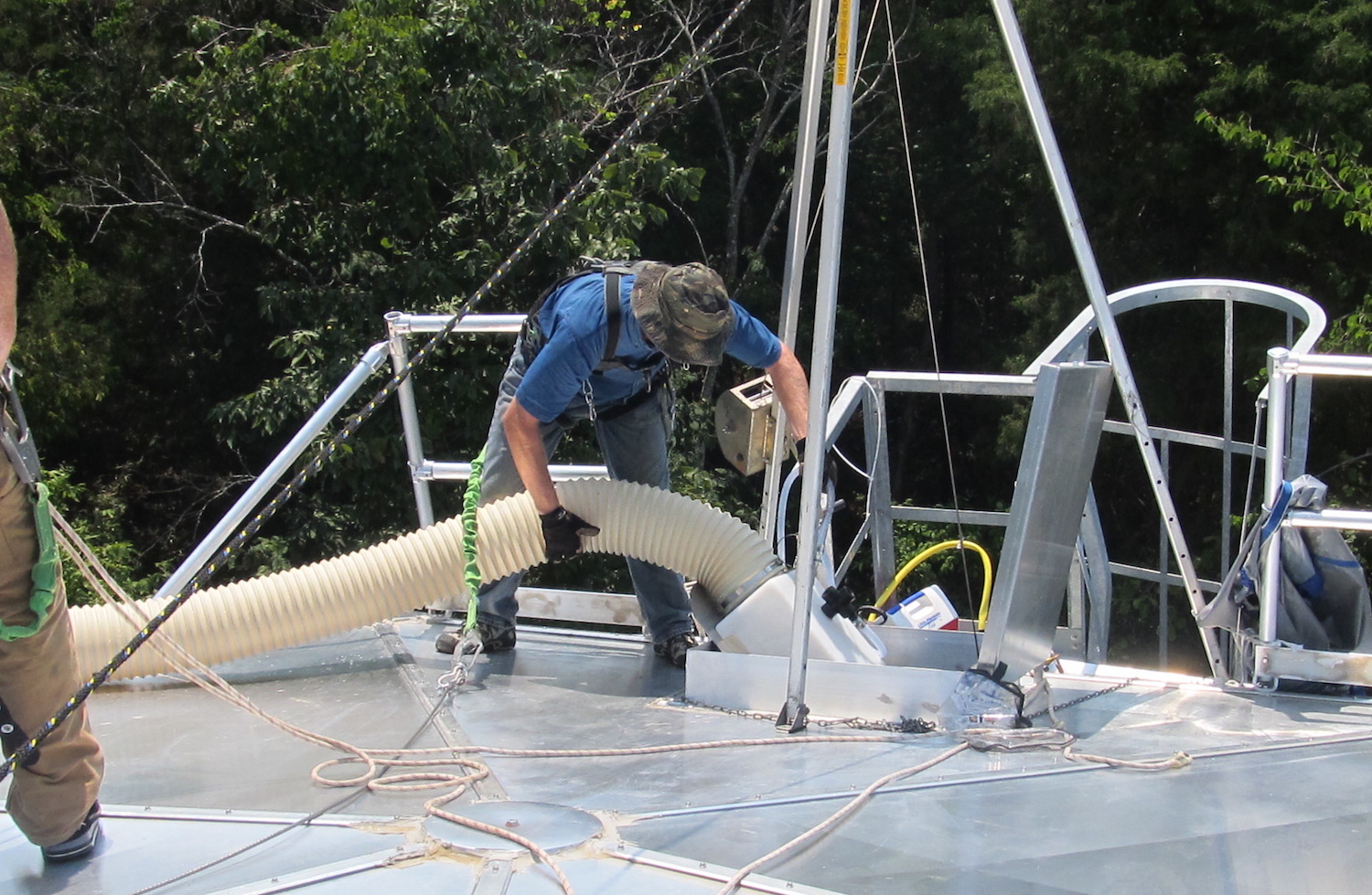Fun fact: after death, the human body starts to decompose and releases methane gas, which causes the body to bloat. In some cases, the pressure is so great it can even cause the abdomen to explode.
Okay…maybe that’s more of a not-so-fun fact and you may be wondering what it has to do with water storage? Well, the point was to highlight the fact that organic matter releases methane as it decomposes. As you may already know, drinking water comes from aquifers, rivers, lakes and streams. But did you know most of those water sources contain millions of tiny microorganisms that decompose to form toxic by-products in your tank called Trihalomethanes (THM)?
It’s important to address this issue before it escalates. Neglect can lead to harmful effects and hefty fines handed down from the EPA.
Here are a few steps you should take to ensure water quality in your tank.
Step 1: Mix your tank.
During the water treatment process, water goes through a filtering process to filter out all the larger particles. Chlorine and other disinfection chemicals are then used to break down all of the remaining smaller, organic waste that doesn’t get captured during filtering. However, when Chlorine is added to water that contains organic matter it forms dangerous THMs get distributed into the system and possibly trapped in the tank.
In addition, temperature variance in your tank of 3 degrees or more causes stratification, which will also sparks the production of THMs as well as causes pH levels to shift. Shifting pH levels sparks nitrification, which increases THMs and reduces chlorine residuals.
One way to prevent the production of THMs is to mix it regularly. The installation of a tank mixer is one of the simplest, most cost-effective and efficient ways to regulate the quality of water in your tank. For some smaller tanks, this alone may be all you need.
Step 2: Add a blower.
For mid to large size tanks, mixing alone may not prevent the production of THMs. When mixing isn’t enough, adding a blower to aerate and volatize the air above the tank can help significantly. It works like a reverse attic fan, catching the volatile organic compound at the surface level and blowing it out of the tank. The blower helps prevent concentration of THMs on the underside of the roof, which may re-enter the water during temperature changes that lead to condensation.
A blower can be a very effective piece of equipment and good investment. Contact us today for a quote.
Step 3: Remove the THMs from your tank.
If it’s too late and there is significant formation of THMs in your tank, they’ll need to be removed promptly. Depending on circumstances, they may be removed with the tank in or out of service. It may be necessary to drain and clean the tank, scrub all internal surfaces, disinfect the tank (and any pumps, hoses etc.) with a concentrated chlorine solution and then thoroughly flush the tank. However, it’s important to note that this will only remove THMs temporarily, as the same environmental conditions in your tank that caused formation will still exist. To avoid future THM issues, it’s important to mix your tank regularly, install a blower, and aerate.
When it comes to maintaining your tank, it’s always better to be proactive rather than reactive as this will save you both time and money in the long run. To ensure your tank is performing at its highest level, regular inspections, testing and servicing are a must. If your THM levels are too high, the longer you wait the stiffer the consequences (and fines!) will be. As a trusted water quality management partner, we can help you evaluate all of your options to find one that best suits your needs and budget. Contact us today for more details.

